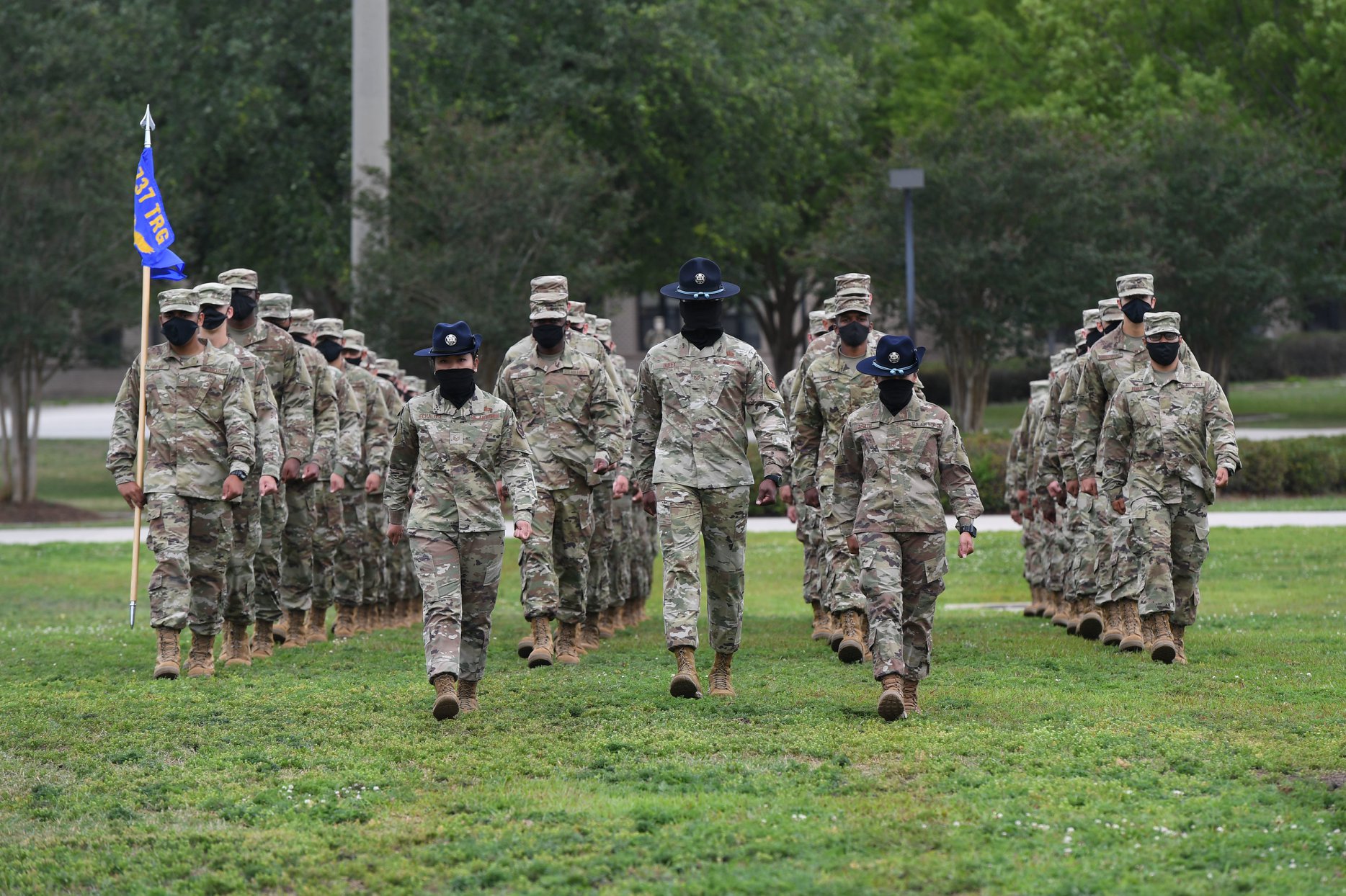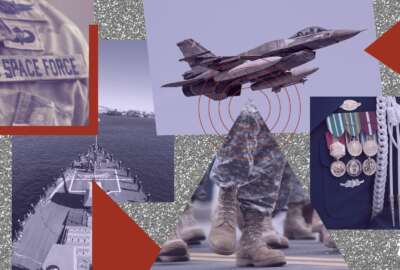Continuing resolution, COVID causing personnel issues for military services
The mixture of COVID and the addition of a new branch of the military are making this year’s CR particularly challenging for the military service personnel...
The Defense Department and the military services have made it abundantly clear over the last decade that unstable budgets do not mesh well with their planning and lead to waste. However, there may be even more harm that continuing resolutions cause for personnel this year.
The mixture of COVID and the addition of a new branch of the military are making this year’s CR particularly challenging for the military service personnel chiefs.
The Space Force has already brought over some of the people it needs from the Air Force and it continues to recruit. However, the service still needs to matriculate members from the Army and Navy.
“There are real resource impacts to our guardians and their families and our mission if we do not receive a 2022 appropriation,” Patricia Mulcahy, Space Force deputy chief of space operations for personnel, said during a Congressional hearing Tuesday. “The long-term vision for consolidation of all armed forces Space Force professionals will be stalled. We would be unable to execute Army and Navy inner-service unit transfers and unable to cover much needed increases in our civilian talent.”
The service currently sits at about 7,000 guardians, but plans to expand to about 8,400 by the end of 2022. Mulcahy told the House Armed Services Personnel Subcommittee that the Space Force is still in its nascent stages. It needs personnel to build out important parts of the branch.
The Air Force said it will also have some personnel issues if a CR continues. Lt. Gen. Brian Kelly, Air Force deputy chief of staff for manpower and reserve affairs, said covering the 2.7% pay increase without 2022 appropriations means the service needs to cut in other places within the personnel budget.
Kelly said the Air Force will have to eliminate incentives and bonuses for 11,000 service members and reduce the number of accessions it makes in the fourth quarter by up to 21,000 members if the CR goes for a full year.
“We will have to unnecessarily delay or cancel moves, creating uncertainty for many families, particularly during the summer months when the majority of our moves occur in order to accommodate school schedules,” Kelly said. “This in turn impacts spousal employment, childcare and school transition plans both in the U.S. and overseas.”
The possible lack of incentives and bonuses could hurt the services as they struggle to recruit enough new members during COVID.
“We have a very challenging recruiting environment right now, largely due to COVID and some other environmental factors but [we’re] very aggressively working through all of that,” said Lt. Gen. Gary Brito, Army deputy chief of staff for G-1.
The other services echoed his concerns. Vice Adm. John Nowell, chief of naval operations for manpower, personnel and services, said he recently received a report that the propensity to service in the eligible populations declined from 13% to 10% in the last two to three years.
The Air Force recruiting chief said last month that warning lights are flashing for recruitment in 2022.
“If we were a company, we would still be in the black, we would still be making a profit, but our profit margins and our available capital, those numbers are trending down right now,” Maj. Gen. Edward Thomas, Jr., commander of the Air Force Recruiting Service, told Federal News Network. “The aggregate effect of these two years of COVID is driving downward trends in our pool of qualified applicants.”
Copyright © 2025 Federal News Network. All rights reserved. This website is not intended for users located within the European Economic Area.
Scott Maucione is a defense reporter for Federal News Network and reports on human capital, workforce and the Defense Department at-large.
Follow @smaucioneWFED






